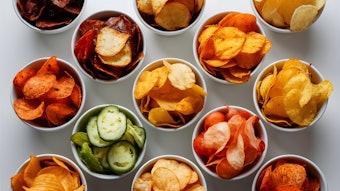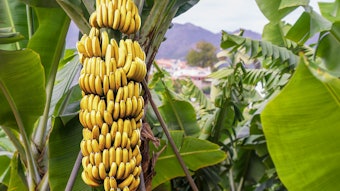The isolation, separation, and quantification of volatile flavors from foods presents a very challenging analytical problem. Flavor chemicals are present and may make a significant contribution to flavor at concentrations as low as parts per trilion (ppt). These chemicals may contain different functional groups or have several functional groups. They may vary in carbon chain length. This means that the group of chemicals contributing to the flavor of a food may differ greatly in water solubility (for example, organic acids vs. long chain ketones), volatility (acetaldehyde vs. vanillin), thermal stability (terpenes), chemical reactivity (thiols), and so forth. This diversity in chemical structure make it virtually imossible to use on single method for the isolation of all flavorful constituents from a food. One has to be conscious of the limitations of each method used for flavor isolation and concentration.
Early methods for flavor isolation generally used steam distillation, followed by solvent extraction of the distillate and then concentration of this extract. This method is quite time-consuming and yields an isolate that preferentially selects flavors with the greatest volubility and solubility in the extracting solvents. While this method is used only occasionally today, the Nickerson-Likens extractor (or modification thereof) is commonly used for flavor isolation. This procedure utilizes simultaneous steam distillation/solvent extraction of the food sample. Many other methods, including chemical derivatization, charcoal adsorption, cold trapping, high vacuum stripping, and inert gas stripping find occasional use in flavor studies today.










